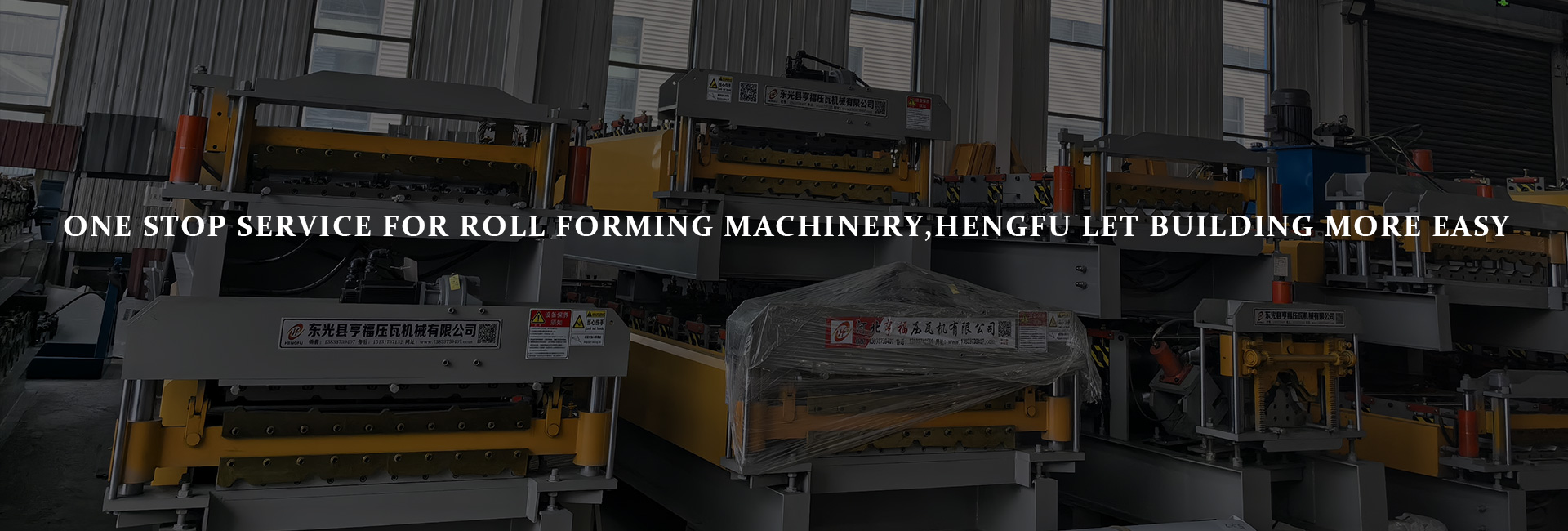In the current era of vigorous development in the building panel processing industry, Wall Sheet Roll Forming Machine, as key production equipment, have a direct impact on enterprise production efficiency and costs. Faced with numerous manufacturers in the market, how to select a trustworthy partner has become a focal point of concern within the industry. This article will provide you with an in-depth analysis of the comprehensive strengths of different manufacturers from the perspectives of core equipment elements, purchasing criteria, and industry trends.
I. Basic Understanding of Wall Sheet Roll Forming Machine
(1) Equipment Definition and Functional Overview
A wall panel roll forming machine is a specialized device that extrudes metal sheets through rollers to process them into wall panels of specific specifications. Widely applied in industrial workshops, commercial buildings, and other scenarios, it enables standardized and efficient production of panels.
(2) Core Component Analysis
Roll Forming System: Consists of multiple sets of rollers that directly determine the forming precision and quality of the panels.
Transmission Device: Responsible for power transmission, ensuring stable equipment operation.
Control System: Enables parameter adjustment and equipment monitoring, ensuring precise and controllable processing.
(3) Mainstream Machine Types
From a structural perspective, they can be classified into single-layer and double-layer forming machines. Single-layer forming machines are suitable for processing single-material panels, while double-layer forming machines can handle composite panels. In terms of automation level, they range from manual, semi-automatic to fully automatic models. Higher automation levels correspond to better production efficiency and precision.
(4) Interpretation of Key Technical Parameters
Forming speed, applicable sheet range, and accuracy indicators are core parameters for measuring equipment performance. Forming speed affects production capacity; the applicable sheet range determines processing flexibility; and accuracy indicators relate to finished product qualification rates.
II. Core Dimensions for Comparing Manufacturer Strengths
(1) Manufacturing Process of Core Components
High-quality manufacturers adopt high-precision molds and wear-resistant materials in their roll forming systems to ensure long-term durability and minimal wear. Transmission devices utilize high-performance motors and precision gear sets to reduce operating noise and failure rates. Control systems integrate advanced sensors and algorithms to achieve intelligent operation.
(2) Machine Type Adaptability
Trustworthy manufacturers can provide a diverse range of machine types, meeting the needs of small projects for cost-effective manual or semi-automatic models, as well as offering fully automatic production line solutions for large-scale projects. They also support customized services to meet special panel processing requirements.
(3) Stability of Technical Parameters
Reliable manufacturers' equipment exhibits stable performance in parameters such as forming speed and accuracy, without significant fluctuations during prolonged operation. Through rigorous factory testing, they ensure that equipment performance complies with industry standards, reducing debugging costs for users.
III. Key Points for Purchasing and Trustworthiness Assessment
(1) Project Scale Adaptability
For small projects, priority can be given to manufacturers that offer high-value-for-money machine types and rapid after-sales responses. For large projects, it is necessary to assess the manufacturer's production capacity and technical team size to ensure timely equipment supply and the ability to meet complex process requirements.
(2) Brand and After-Sales Support
Well-known brands typically have advantages in R&D investment and quality control. A comprehensive after-sales service system includes regular equipment maintenance, 24-hour fault response, and professional technical training, reducing users' equipment operation risks.
(3) Daily Maintenance Convenience
Trustworthy manufacturers design structures for easily removable and replaceable wear parts, providing clear maintenance manuals and video tutorials, along with standardized accessories to reduce users' later-stage maintenance costs and difficulties.
(4) Industry Certifications and Standards Compliance
Manufacturers that have passed authoritative safety certifications and quality system certifications demonstrate that their production processes and product quality comply with regulations. Paying attention to manufacturers' compliance with environmental protection standards is also an important basis for judging their social responsibility and long-term development capabilities.
IV. Industry Trends and Manufacturer Competitiveness Prospects
(1) Investment in Intelligent Technologies
Under intelligent trends such as AI regulation and remote monitoring, manufacturers with technological R&D capabilities have an advantage. Manufacturers that can quickly integrate new technologies into their equipment can help users achieve dual improvements in production efficiency and management levels.
(2) Green and Environmental Protection Transformation
Manufacturers that prioritize energy consumption optimization and waste recycling technologies not only meet sustainable development needs but also reduce users' operating costs. Against the backdrop of increasingly stringent policies, the market competitiveness of such manufacturers will continue to strengthen.
(3) Innovation Iteration Speed
With accelerated technological iterations in the industry, a manufacturer's R&D and innovation capabilities determine the advancement of its equipment. Manufacturers that can closely follow market demands and introduce new models and processes are more worthy of users' long-term trust.
V. Conclusion: Comprehensive Evaluation and Rational Selection
The selection of Wall Sheet Roll Forming Machine requires a comprehensive consideration of multiple dimensions such as equipment performance, service capabilities, and development potential. By comparing key elements such as core component processes, adaptability, and after-sales support, and combining industry trends to judge manufacturers' long-term value, users can select truly trustworthy partners. If you wish to learn more about equipment selection and manufacturer comparison details, please continue to follow relevant information.







